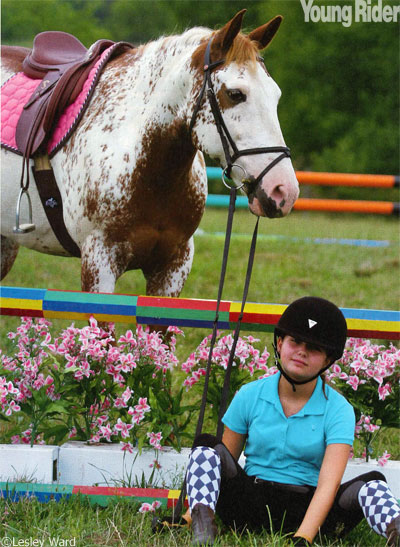 Whether you are a top eventer like Karen O’Connor or a lesson kid who pops over fences at your riding school, you probably know the feeling. Your stomach sinks and your body stiffens as it anticipates the pain ahead. Yes—you are about to fall off! Ouch!
Whether you are a top eventer like Karen O’Connor or a lesson kid who pops over fences at your riding school, you probably know the feeling. Your stomach sinks and your body stiffens as it anticipates the pain ahead. Yes—you are about to fall off! Ouch!
But remember, you can still fall off out on a relaxing trail ride. Even the quietest horse can spook or wheel at a “scary monster” behind a bush.
Even though we don’t want you thinking about falling off too much, it’s good idea to be prepared in case it happens.
Safety gear
Always wear a safety helmet—every time you ride! You should wear a modern, up-to-date helmet with a fixed chinstrap. It should have a sticker in it that says it’s approved by the Safety Equipment Institute (SEI) and the American Society of Testing Materials (ASTM). This means the helmet has been tested to make sure it will help protect your head in case of impact.
Make sure you fasten the chinstrap correctly. It shouldn’t be too loose. You should be able to get a finger under the strap, but that’s about it. When the helmet is fastened, lean forward and nod your head. If your helmet moves around, you need to readjust the fit (some helmets have dials to tighten or loosen the helmet) or tighten the chinstrap.
It’s a good idea to ride in gloves too. It’s easy to lose control of your horse if you don’t have a firm grip on the reins. Wet weather can cause your reins to become a slippery mess.
Before you ride
Always check your tack before you ride. If your girth is too loose, the saddle could slip and you could slide off your horse. Look at your stirrup leathers and your girth straps. Are they frayed or thin in places? Always replace old, worn tack. You don’t want it breaking as you head towards a three-foot fence.
Prevent a fall
Think ahead and try to stay out of trouble in the first place. Don’t jump fences that are bigger than you can handle. Don’t jump unsupervised. Don’t over face a horse—this means jumping fences that are too big for him.
If you’re riding with other people and your horse isn’t used to company, be prepared for some extra friskiness. He might buck—and bucking is a reason why many people fall off.
Keep a firm hold on the reins and keep your horse’s attention on you—not the other horses. Ask the other riders to stick to a walk until your horse gets more used to a crowd. Keep his mind on his job, so he has less time to think about misbehaving. Ride him in a 10-meter circle until he calms down. Sit deeply in the saddle and keep his head up at all times. He can’t buck if he can’t get his head down!
Emergency dismount
If you feel that you’re in a dangerous situation where you might fall off, think about doing an emergency dismount. Practice emergency dismounts at the walk, trot and canter when your horse is calm.
Here’s how you do one:
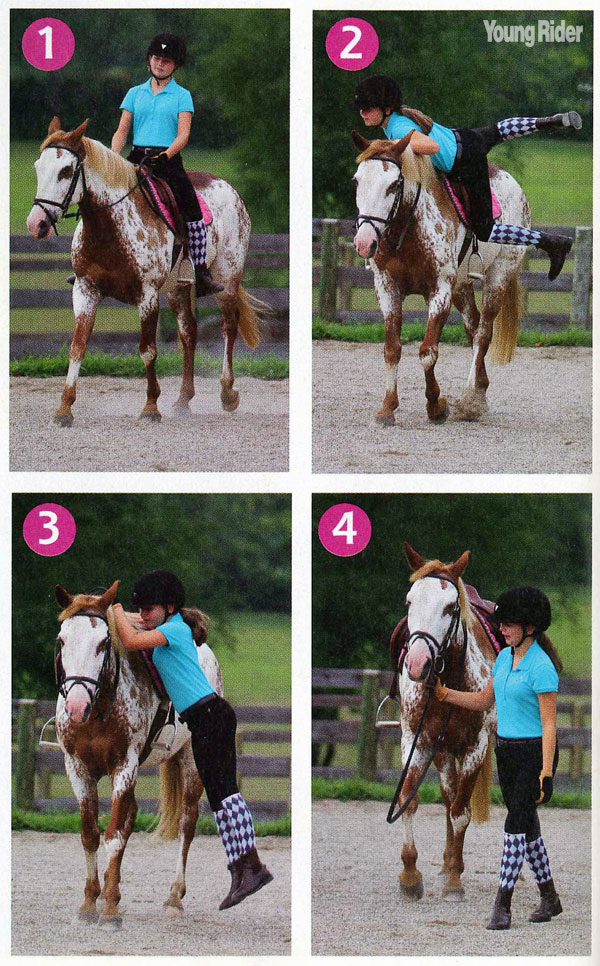
- Take your feet out of the stirrups.
- Place both reins in your right hand.
- Swing your right leg over your horse’s back
- Slide down and land on both legs.
- If you can hang on the reins without getting dragged, pull back on them and run next to your horse until you get him back in control.
In case of a fall
If you feel yourself falling, try your best to tuck up in a ball. This is what jockeys do to avoid being trampled by the other horses in the race. Tuck your head in and try to fall on your shoulder and roll. Don’t put your hands out to break your fall because you’ll break your arms or wrists instead! Try to keep your arms close to your body.
Another thing to remember as you fall is to let go of the reins! Don’t hang on them—you’ll either get dragged behind your horse or they will break. Let go and hope for the best. If you’re at a show, someone will catch your horse.
Practice falling
It may seem silly to practice falling off, but it’s a good idea!
Try tucking your head to your chest, falling on your shoulder and rolling from a standing up position. If you feel brave, try leaping off a mounting block or a bale of hay.
After the fall
It’s best to lie still for a moment or two after a fall to catch your breath. Don’t jump right back up and remount. If you suspect that something is broken, stay where you are. Don’t move and don’t let helpful bystanders remove your helmet. Removing a helmet and moving your neck could cause permanent spine damage.
Wait to let the emergency medical technicians take care of you. They know what they are doing. You may need to be moved onto a stretcher wearing a body brace or a neck collar.
Check before remounting
If you feel OK, there are a few things you should check before remounting. Take a look at your horse. Is he OK? Run your hands up and down his legs for wounds or swelling. Check your tack. Is your girth tight? Are both stirrups and leathers attached to the saddle?
Make sure your helmet is fastened correctly before you hop back into the saddle.
Getting on after a fall is important. It’s easy to lose your nerve after “eating dirt.” Get yourself organized in the saddle and then get back to work.
Don’t punish your horse for the fall—even if he caused it. By the time you catch him, he will have forgotten what he did to deserve a smack.
This article originally appeared in the November/December 2008 issue of Young Rider. Click here to subscribe.

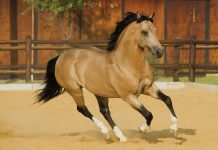
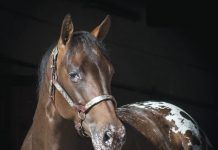
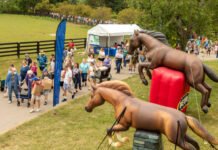
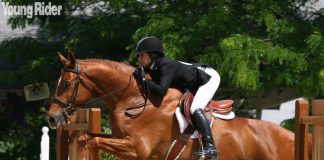

I actually had a fall today. Technically an emergency dismount. I was riding a barrel horse (I usually ride English) and we were doing some half halts and halts. I asked her to canter and she spooked at something. She took off at a full gallop in the arena. We were heading straight to the end of the arena so I pulled her to the left. Keep in mind I had super long reins because we were working on halting with my seat not my hands. We took the turn too sharply and Patty the horse I was riding slid a little. Luckily she didn’t fully fall but she got straight back up and kept running as I’m still in the saddle. I was lopsided in the saddle and knew I was going to fall off. I avoided a jump post and decided to jump off. I jumped off and kept running so I wouldn’t face plant. I luckily ended on my feet with no injuries. Patty was perfectly fine. Of course afterwards I got back on and took a lap it two to calm her down. I found I was never scared about falling off. I had stayed calm and afterwards we laughed about it.